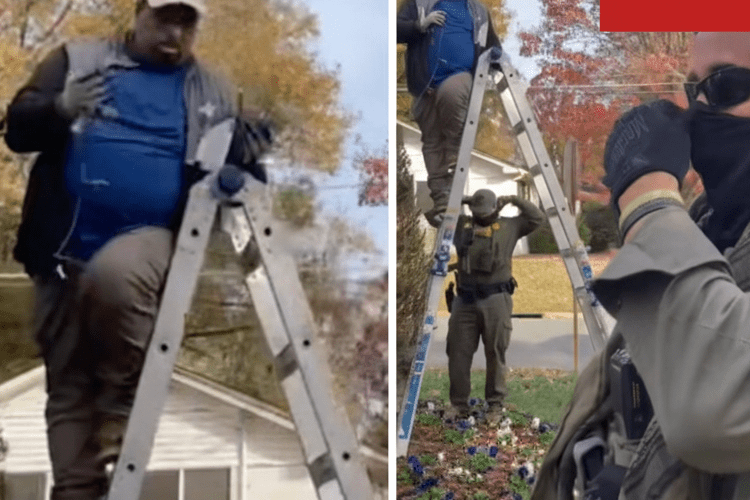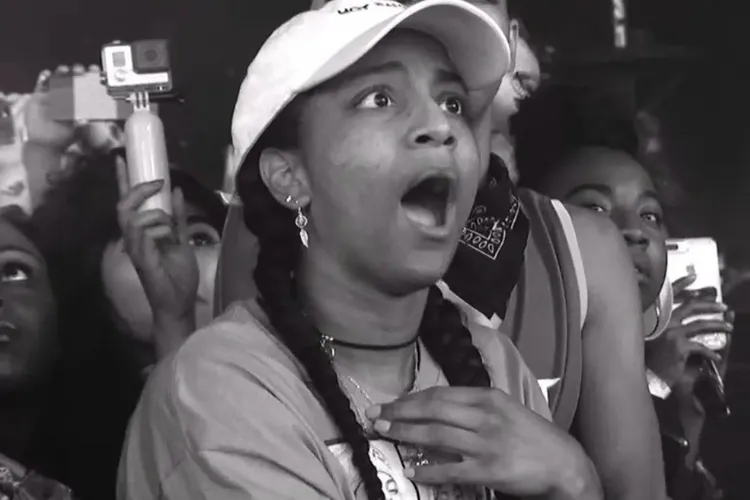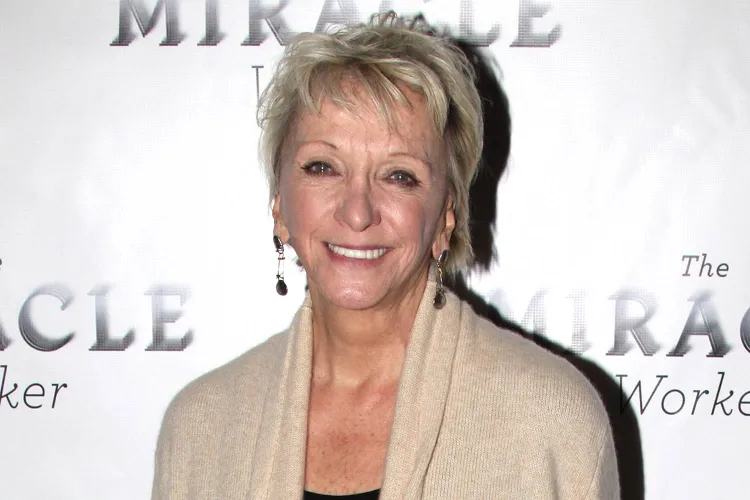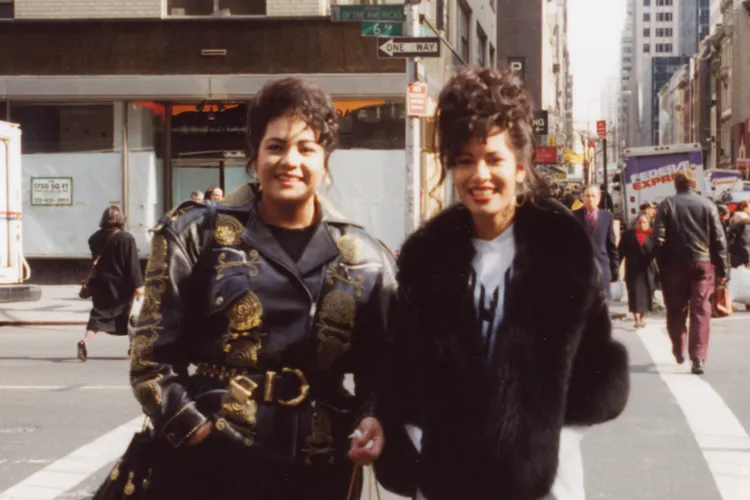ICE Storm Descends on Sanctuary City, Snaring Dozens of Violent Criminal Illegals in Heart-Pounding Operation
The first blush of dawn was barely kissing the skyline of Charlotte, North Carolina’s bustling Queen City, on that fateful Saturday morning of November 15, 2025, when the quiet streets of its working-class neighborhoods erupted into a symphony of sirens and shouts—a federal thunderclap that sent shockwaves through the heart of the South. Under the cover of predawn mist, teams of U.S. Immigration and Customs Enforcement agents, clad in tactical vests and balaclavas that masked their faces against the chill and the chaos, fanned out like shadows reclaiming the night. They scaled chain-link fences with bolt cutters in hand, breached apartment doors with measured force, and hauled suspects from hiding spots in garages and basements, their movements a blend of precision and power that spoke to months of meticulous planning. This wasn’t random roundup; it was Operation Southern Shield, the Trump administration’s opening salvo in what officials vow will be the largest mass deportation effort in American history—a targeted strike against “violent criminal illegal aliens” who had evaded justice in one of the nation’s most Democrat-dominated strongholds. By midday, 47 individuals—accused rapists, MS-13 enforcers, and fentanyl traffickers among them—were in cuffs, their deportations greenlit in a whirlwind of warrants that bypassed the sanctuary policies Mayor Vi Lyles had championed for years. For the families shattered by their crimes, it was redemption wrapped in relief; for city hall, a political earthquake that rumbled with accusations of “federal overreach” and “racial profiling.”
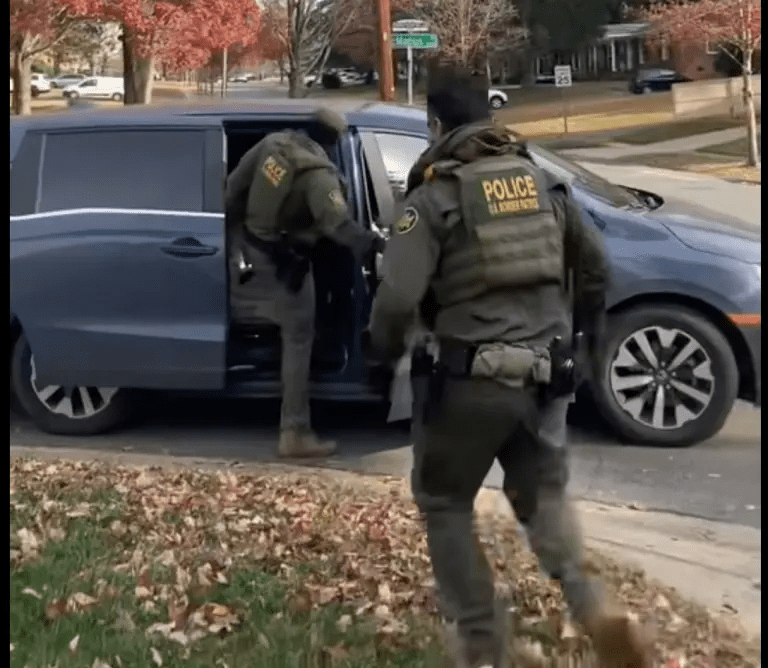
Step into the life of Tamara Jenkins, a 38-year-old mother from Charlotte’s Eastland neighborhood, whose story captures the raw human toll that fueled this federal fury. Tamara’s world shattered two years ago when her 19-year-old son, Marcus, was gunned down in a parking lot ambush by a Venezuelan gang member who’d slipped across the border undetected, armed with an unregistered Glock and a grudge from cartel turf wars south of the Rio Grande. The shooter, Jose Ramirez—a 24-year-old with prior deportations ignored under Biden-era catch-and-release—had been living openly in a subsidized apartment just blocks from Tamara’s, working odd jobs while evading ICE check-ins. Marcus, a budding mechanic with dreams of owning his own shop, lay bleeding out for 20 minutes before help arrived, his final breaths a plea for his little sister. “He was my everything—the boy who fixed my bike, who hugged me through my divorce,” Tamara recalls, her voice breaking over a phone line from her kitchen table, where a faded photo of Marcus in his high school football jersey stares back like a ghost demanding justice. Under the previous administration, Ramirez’s case file gathered dust in a backlog of 2.5 million, sanctuary statutes shielding him from local cops who “didn’t ask, didn’t tell.” But with Trump’s return to the Oval Office, the winds shifted: executive orders reinstating “expedited removal” for criminals, a surge in ICE manpower to 25,000 agents, and a zero-tolerance mandate that turned Charlotte—a city where 12 percent of residents are foreign-born, per U.S. Census data—into ground zero for the crackdown. When agents burst into Ramirez’s hideout at 5:47 a.m., Tamara learned of it from a neighbor’s frantic text, her heart pounding as she watched the news unfold: Ramirez, shackled and stone-faced, led to a waiting van under a sky streaked with the first light of accountability.
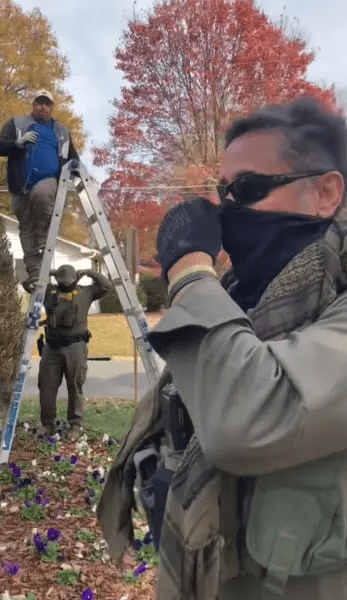
The operation unfolded like a scene from a high-stakes thriller, but grounded in the grim reality of a city long strained by unchecked influxes. ICE’s Homeland Security Investigations unit, backed by Border Patrol tactical teams and even a contingent from the FBI’s violent gang task force, executed 32 search warrants across 18 locations—from a rundown motel off Independence Boulevard to a sprawling apartment complex in NoDa, the artsy district where graffiti walls now whispered of warrants served. Agents, some scaling second-story balconies with ladders to evade barricaded doors, netted not just Ramirez but a rogue’s gallery: a Salvadoran MS-13 lieutenant wanted for a 2023 machete attack that left two locals scarred for life; a Honduran national with three DUI convictions and a vehicular homicide rap; and a cadre of Venezuelan Tren de Aragua affiliates linked to the fentanyl pipeline that’s claimed 1,200 lives in Mecklenburg County since 2022, per state health department tallies. “These aren’t families seeking the dream—they’re predators preying on it,” ICE Acting Director Thomas Homan declared in a midday briefing from Charlotte’s federal building, his voice gravelly with the weight of 30 years on the line. Homan, a Trump holdover from the first term’s wall-building days, detailed how the raids stemmed from a tip line flooded with 4,500 leads since Inauguration Day, cross-referenced with NC’s fusion center data despite the state’s “sanctuary lite” resistance. By evening, 47 arrests tallied—42 men, five women—all with violent felony convictions or active warrants, their deportations fast-tracked under the Illegal Immigration Reform and Immigrant Responsibility Act of 1996, revived in full by Trump’s Day One pen stroke.
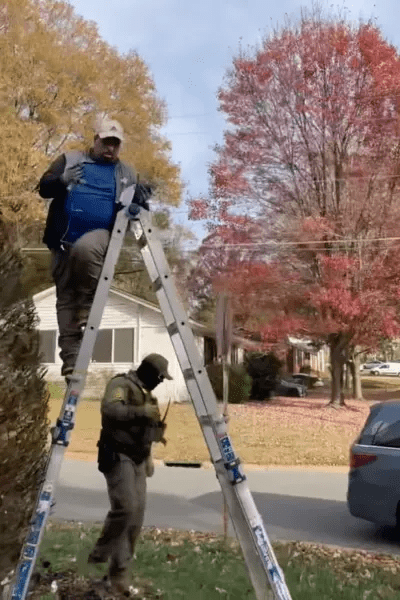
Charlotte, with its skyline of gleaming banks and a population swelling past 900,000, has long been a microcosm of America’s immigration fault lines—a Democratic stronghold where Mayor Lyles, a Harvard-trained economist and the city’s first Black female leader, has presided over a 25 percent homicide spike since 2020, much of it tied to gang violence imported across porous borders. Lyles’ condemnation came swift and sharp, her 2 p.m. presser from city hall a tableau of furrowed brows and finger-wagging: “This is not how we build community—raids that terrorize families and erode trust,” she said, flanked by councilmembers who decried the “militaristic optics” of masked agents rappelling ladders and zip-tying suspects in full view of neighbors. The mayor’s words echoed a sanctuary ordinance passed in 2021, limiting local cooperation with ICE to “serious crimes only,” a policy that, critics argue, shielded the likes of Ramirez while straining resources—Charlotte-Mecklenburg Police logging 1,800 immigration-related calls annually, per department stats, yet referring just 12 percent federally. For Lyles, a daughter of civil rights marchers who’d risen through economic development ranks, the raids struck at the soul of her vision: Charlotte as a “welcoming city” where diversity drives dollars, from Bank of America’s HQ to the NASCAR Hall of Fame. “We’re talking human beings, not headlines,” she added, her plea for “proportionality” landing amid reports of bystanders caught in crossfire—two U.S. citizen kids briefly detained in a sweep gone wide, though released within hours after ID checks.

Yet, as the sun dipped low over the Catawba River, painting the raid sites in hues of amber and regret, voices from the shadows rose in quiet triumph—the survivors and sentinels who’d long pleaded for this reckoning. Take Javier Morales, a 45-year-old construction foreman from the West Side, whose wife Sofia was assaulted in 2024 by a Guatemalan national with a deportation order ignored under catch-and-release protocols. Javier, a legal immigrant from Mexico who’d naturalized in 2015, had chained himself to city hall steps in protest last spring, his sign reading “Justice for Sofia—Not Sanctuary for Savages.” When agents stormed the assailant’s bolt-hole off Beatties Ford Road, Javier learned from a tipster pal in local PD, racing to the scene with a thermos of coffee for the exhausted officers. “This is what Trump promised—America safe again,” he said later, his callused hands gripping the wheel of his F-150 as he drove past the cordoned block, where yellow tape fluttered like victory flags. Javier’s relief, shared over backyard barbecues with neighbors who’d lost kin to the opioid wave—fentanyl seizures up 300 percent in Charlotte since 2022, per DEA logs—mirrors a groundswell of support in the Queen City’s red-leaning enclaves. Polls from the John Locke Foundation that week showed 58 percent of Mecklenburg voters backing the raids, a 15-point jump from October, with Trump surrogates like Sen. Ted Budd hailing it as “deliverance from Democratic delusion.”
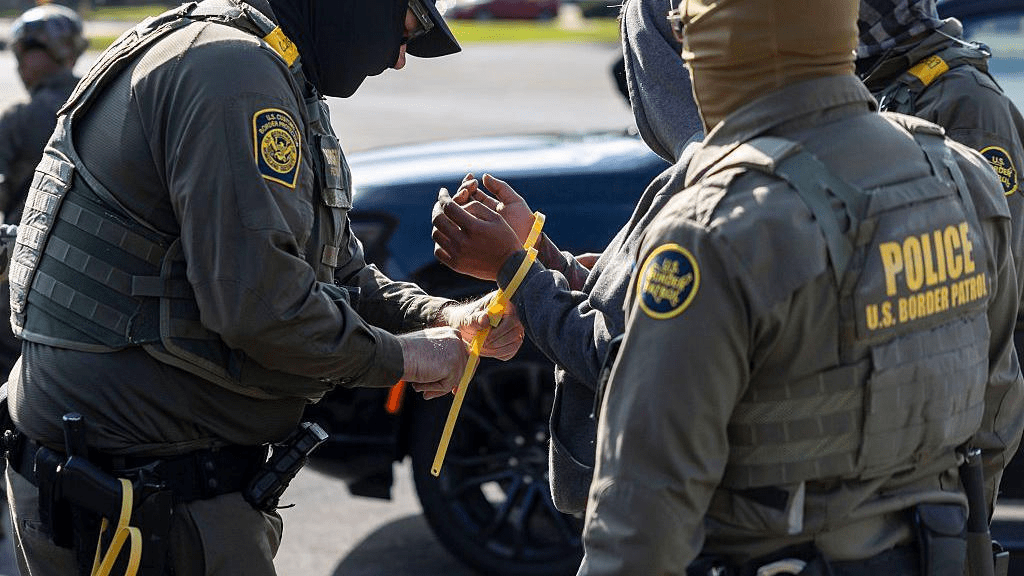
This Charlotte blitz isn’t isolated thunder; it’s the vanguard of Trump’s deportation juggernaut, a machine oiled with $25 billion in supplemental funding from the GOP-controlled Congress, aiming for 1 million removals by year’s end. Homan, in his briefing, touted it as “precision surgery,” targeting the 425,000 non-citizens with criminal convictions nationwide, per DHS estimates—fugitives from justice in sanctuary havens like Charlotte, where 1,400 such cases languish per state-federal data-sharing lapses. The optics—agents in full tactical kit, some wielding battering rams under autumn leaves—drew howls from ACLU chapters decrying “paramilitary theater,” but for victims like Tamara, watching Ramirez’s mugshot flash on evening news, it was poetry in motion: the system, once a sieve, now a steel trap. “Marcus would be proud,” she whispered to his photo that night, the stitches of grief easing just a fraction as the van’s taillights faded into the fog.
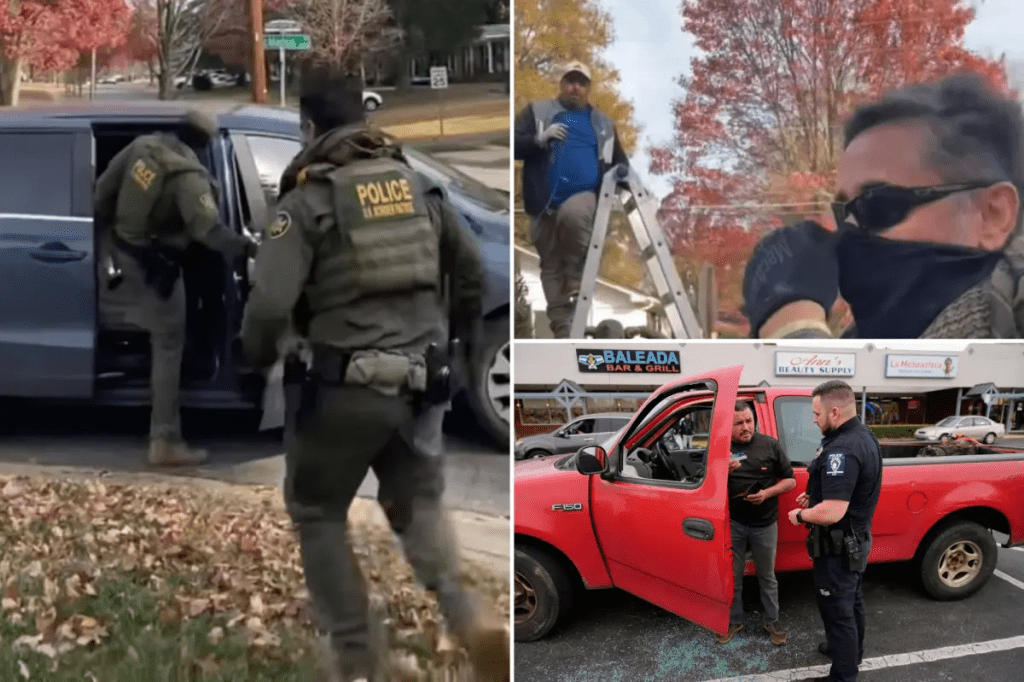
As night fell over the city that birthed Billy Graham and Bank of America, Charlotte exhaled—a collective breath held too long under sanctuary’s shroud. Lyles’ pleas for dialogue rang hollow against the handcuff clicks, her calls for “community policing” clashing with the cheers from Eastland stoops where Tamara waved at passing patrols. Trump’s crackdown, bold as the Carolina sky, isn’t without its shadows: reports of collateral detentions, a Honduran grandmother briefly held despite papers, underscoring the human cost in a dragnet’s wide weave. Balanced against that, though, is the undeniable tide-turn: homicides down 8 percent in pilot cities like El Paso under similar ops, per FBI prelims, a harbinger for Charlotte’s streets. For Javier and Tamara, the raids aren’t raids—they’re reclamation, a promise kept from a president who sees in every cuff a step toward safety. In the Democratic-run heart of the New South, where magnolias bloom amid migration’s thorns, this November dawn marks not division, but dawn: America, under Trump’s vigilant watch, rising to protect its own—one arrest, one family healed, one violent shadow cast out at a time. The Queen City, once a sanctuary’s crown, now wears justice’s jewel—hard-won, heartfelt, and here to stay.
